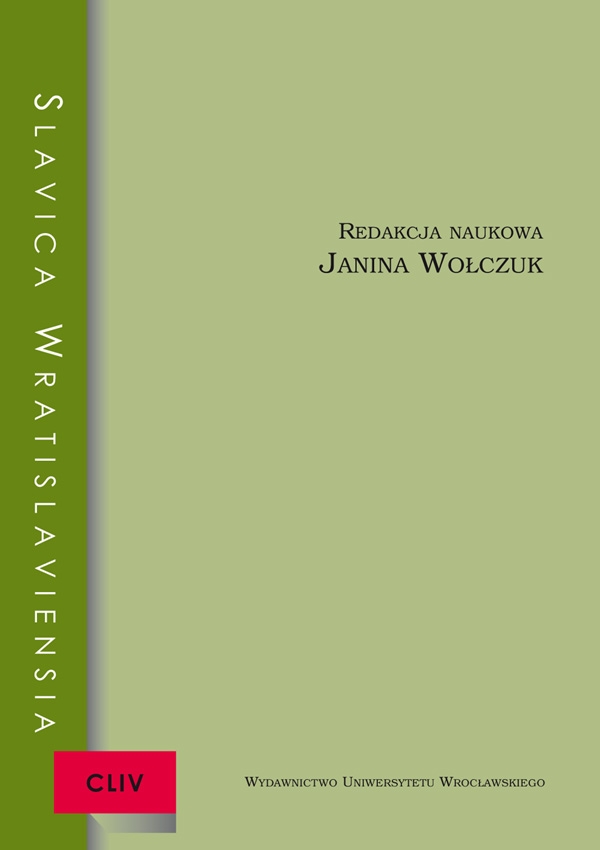

Artykuły

Nomadic women of Mirko Kovač on the basis of his novels: Malvina, The Gates of the Bowels and Crystal Bars
Women of Kovač have their methods allowing them not to stay in one place but follow their own paths. They come and go. Their identity is not determined once and forever. It is, however, varied, changeable and full of contradictions. In this article, I have tried to show how the author creates the depiction of female subjectivity in a nomadic manner, i.e. various and far away from clarity. Theory of Rosi Braidotti has been applied in order to illustrate that issue. According to Braidotti, the nomad is a mythical but also rebellious figuration of a subject: the movement against well-established and conventional reality. Nomadism, inspired by the experience of cultures and peoples which are literally nomadic, refers to such state of critical consciousness in which one opposes the state of staying enclosed in socially encoded train of thought or behavior. Nomadic women create their identity on the basis of their temporary states, subsequent changes and coordinated alterations. According to Kovač, it is not always true that they never miss the state of being fully shaped. In the three novels analysed herein, women seek the identity. Men more often accept an identity imposed on them externally. For women, though, it seems to be more like a task. Unfortunately, this task is never fulfilled and does not come true, as their fate is always tragic.